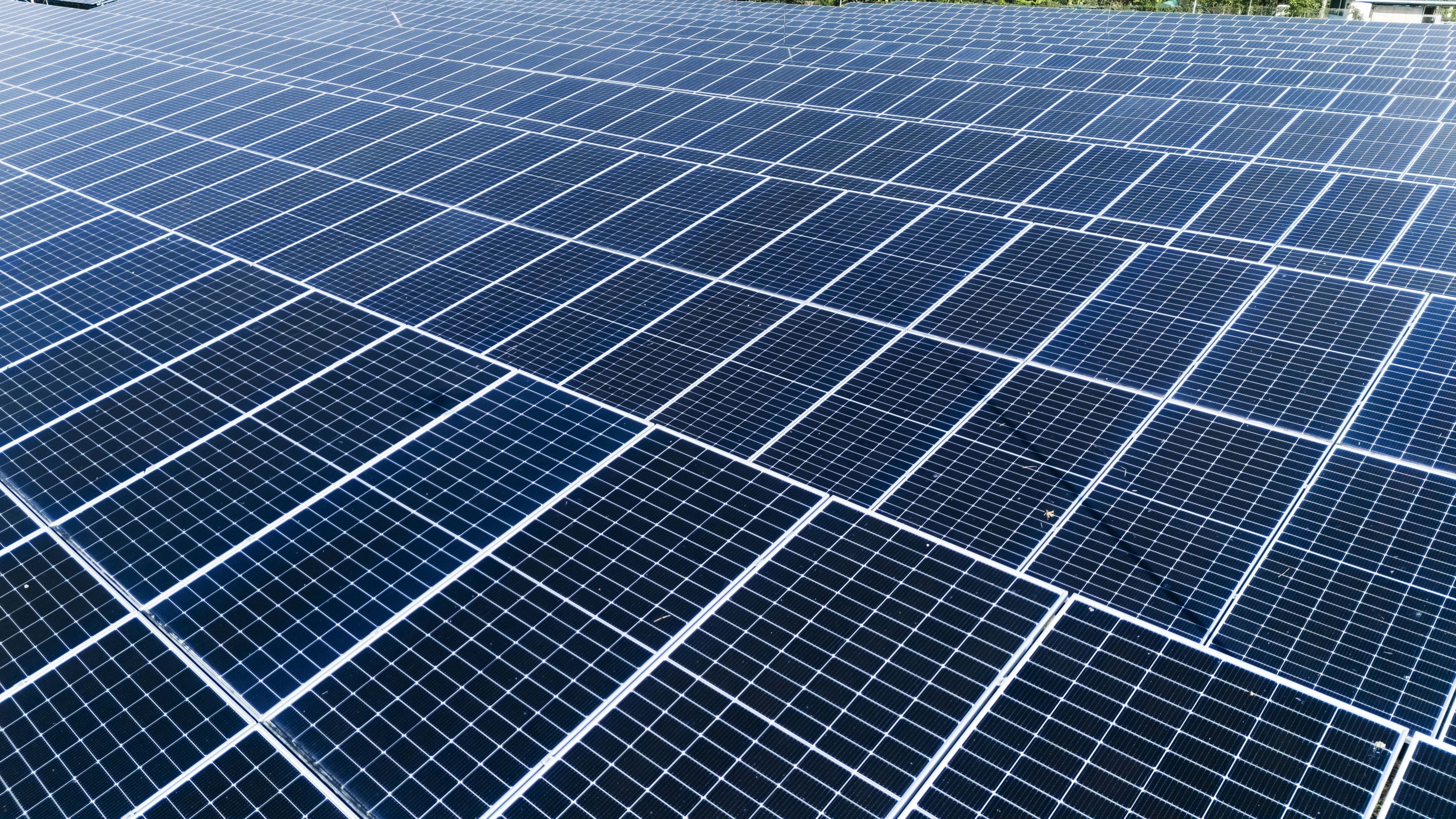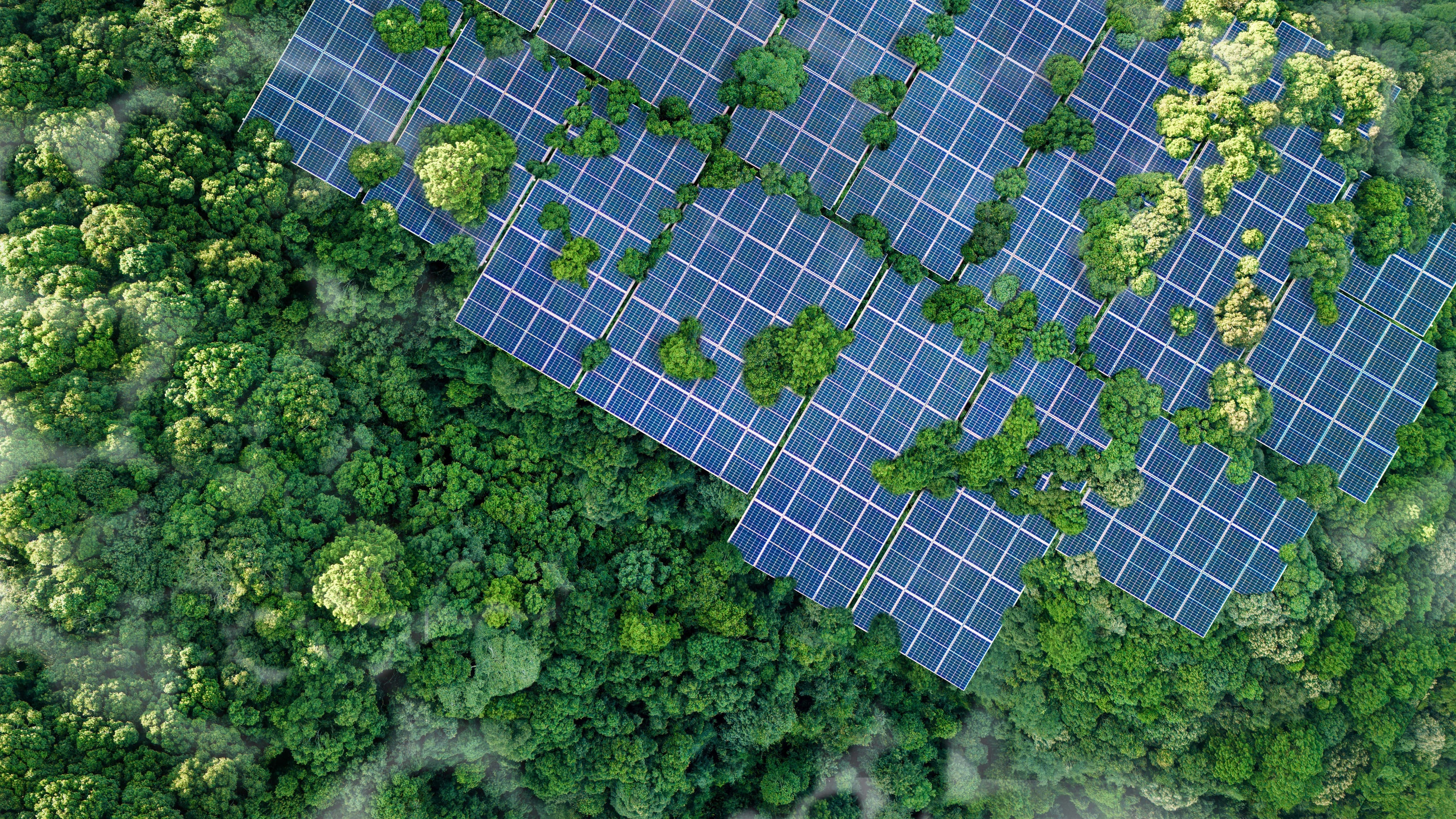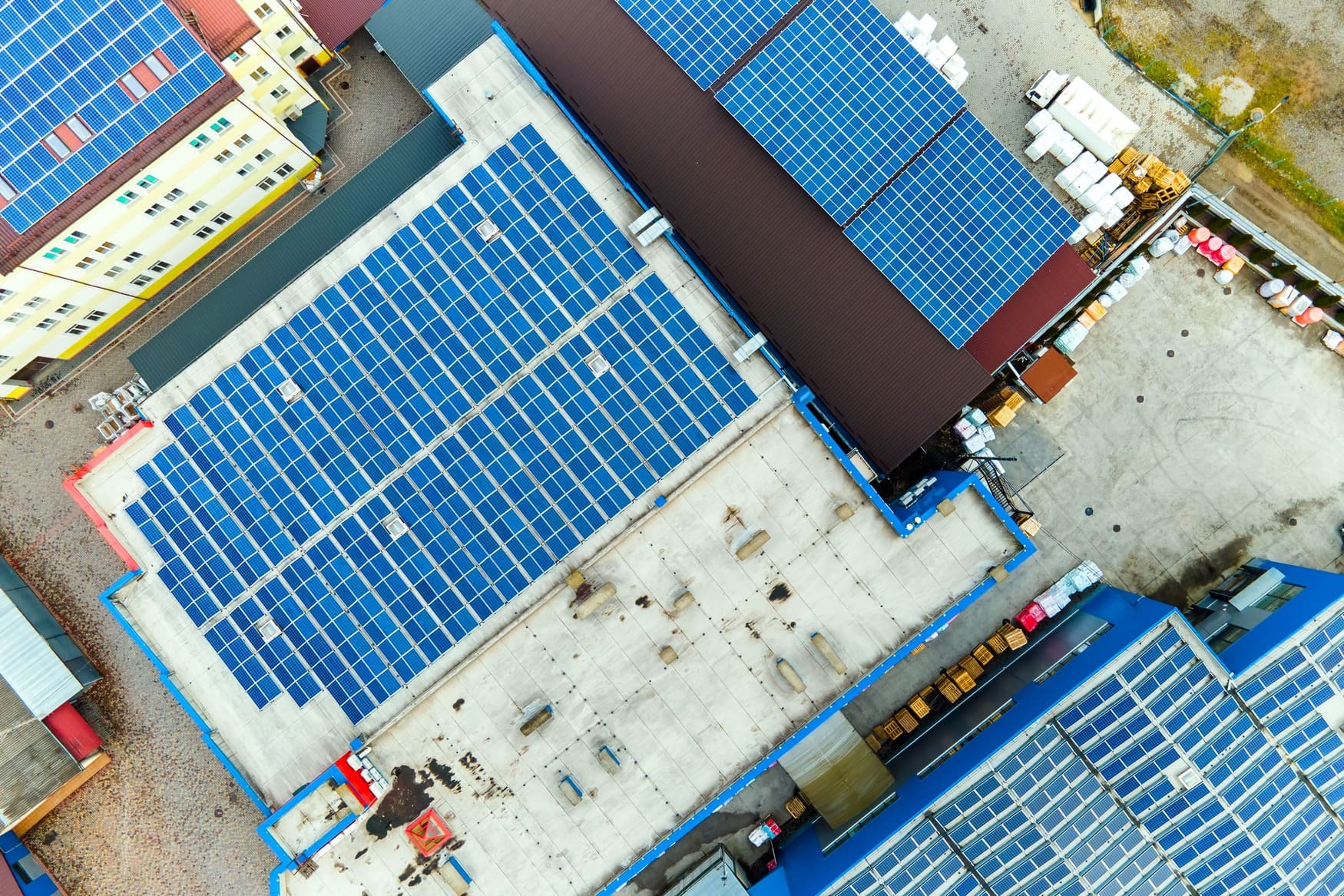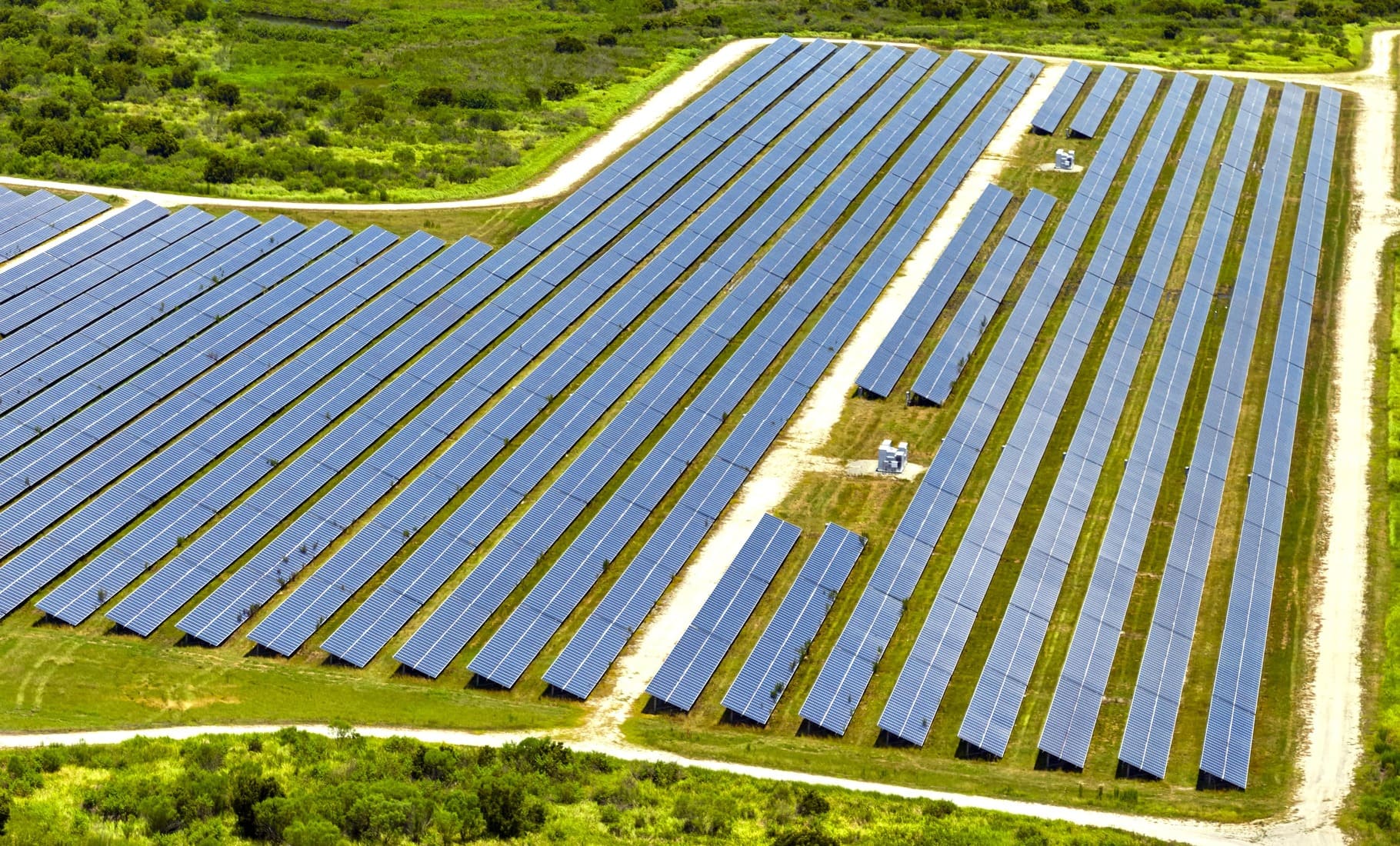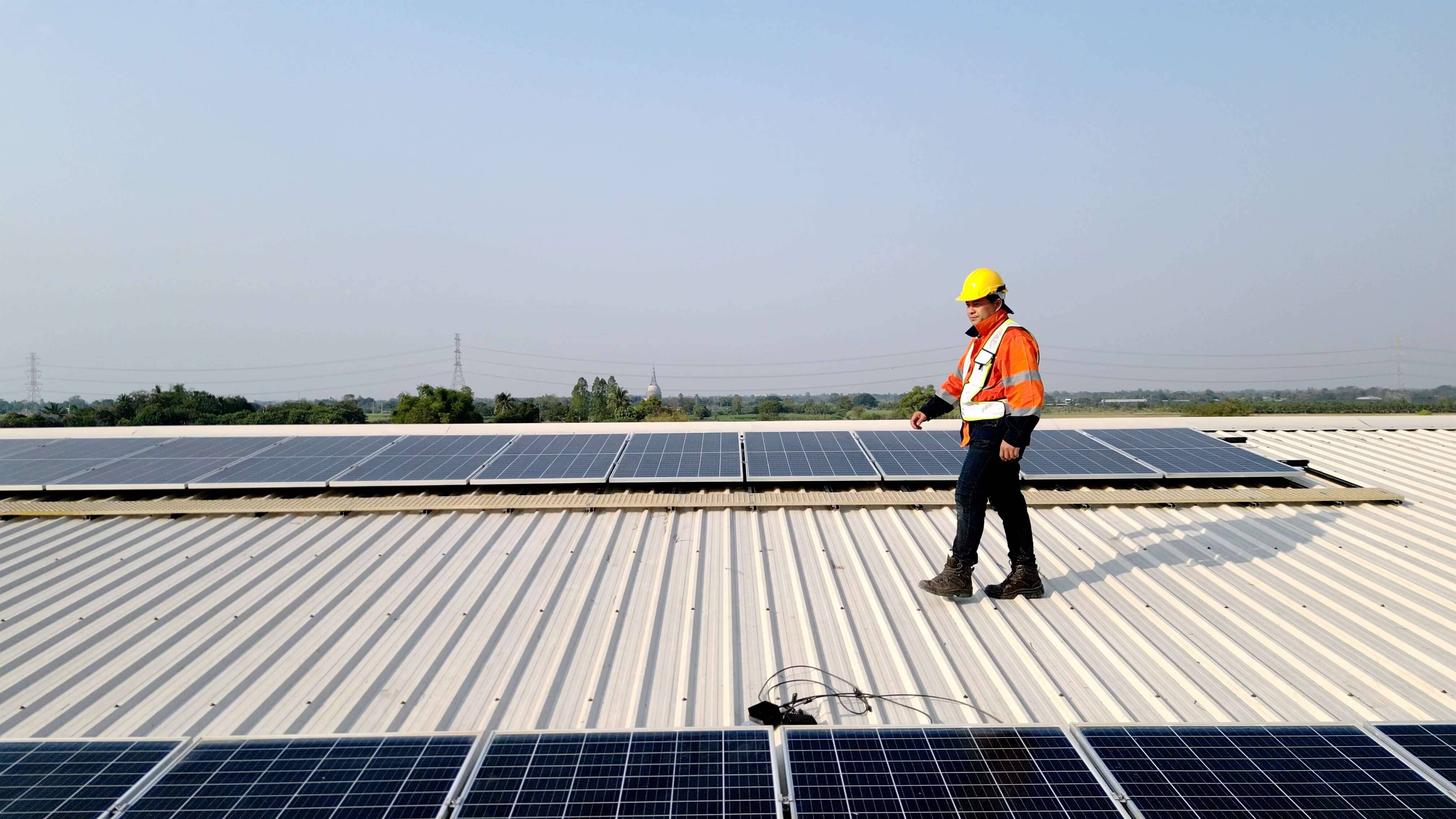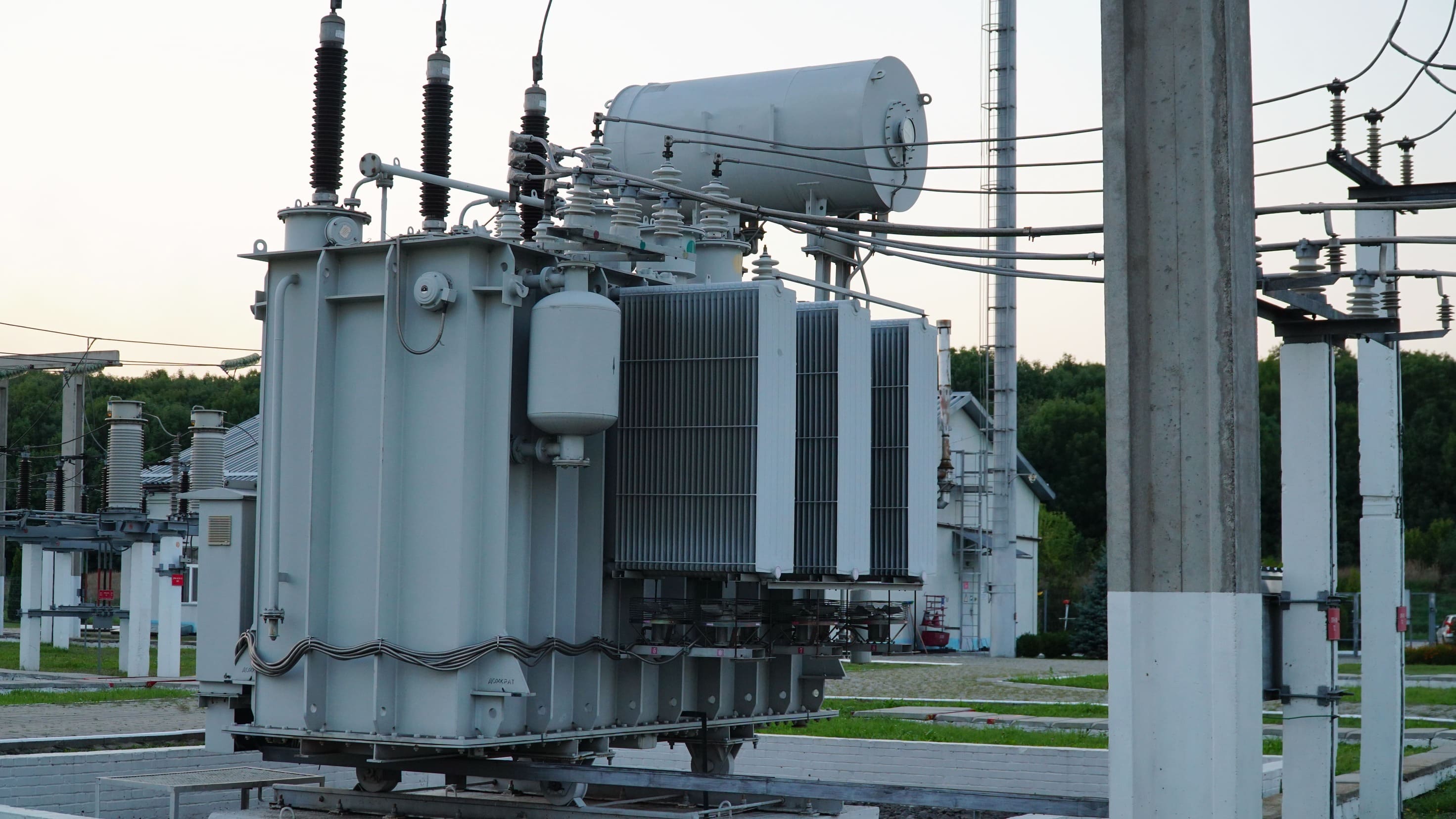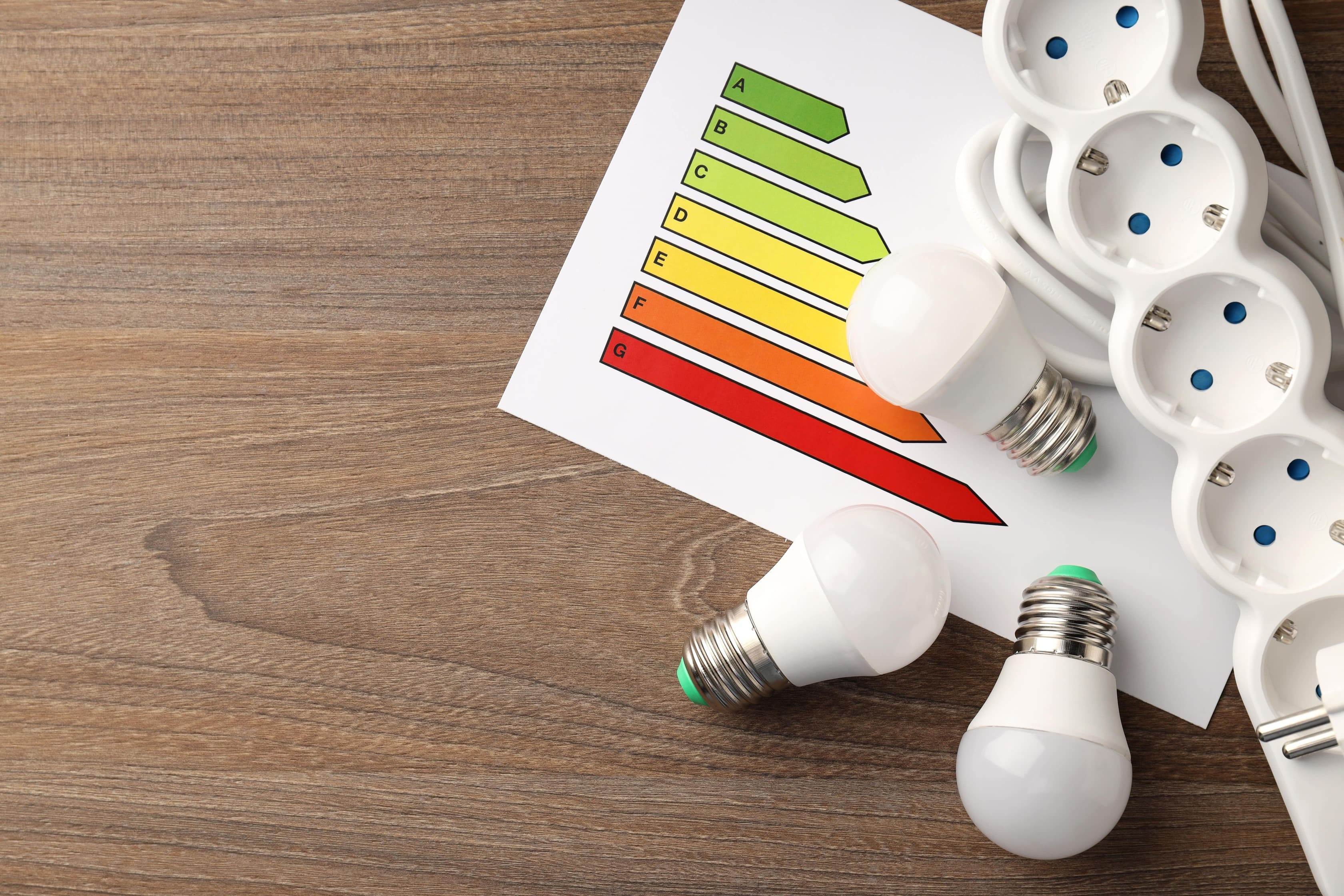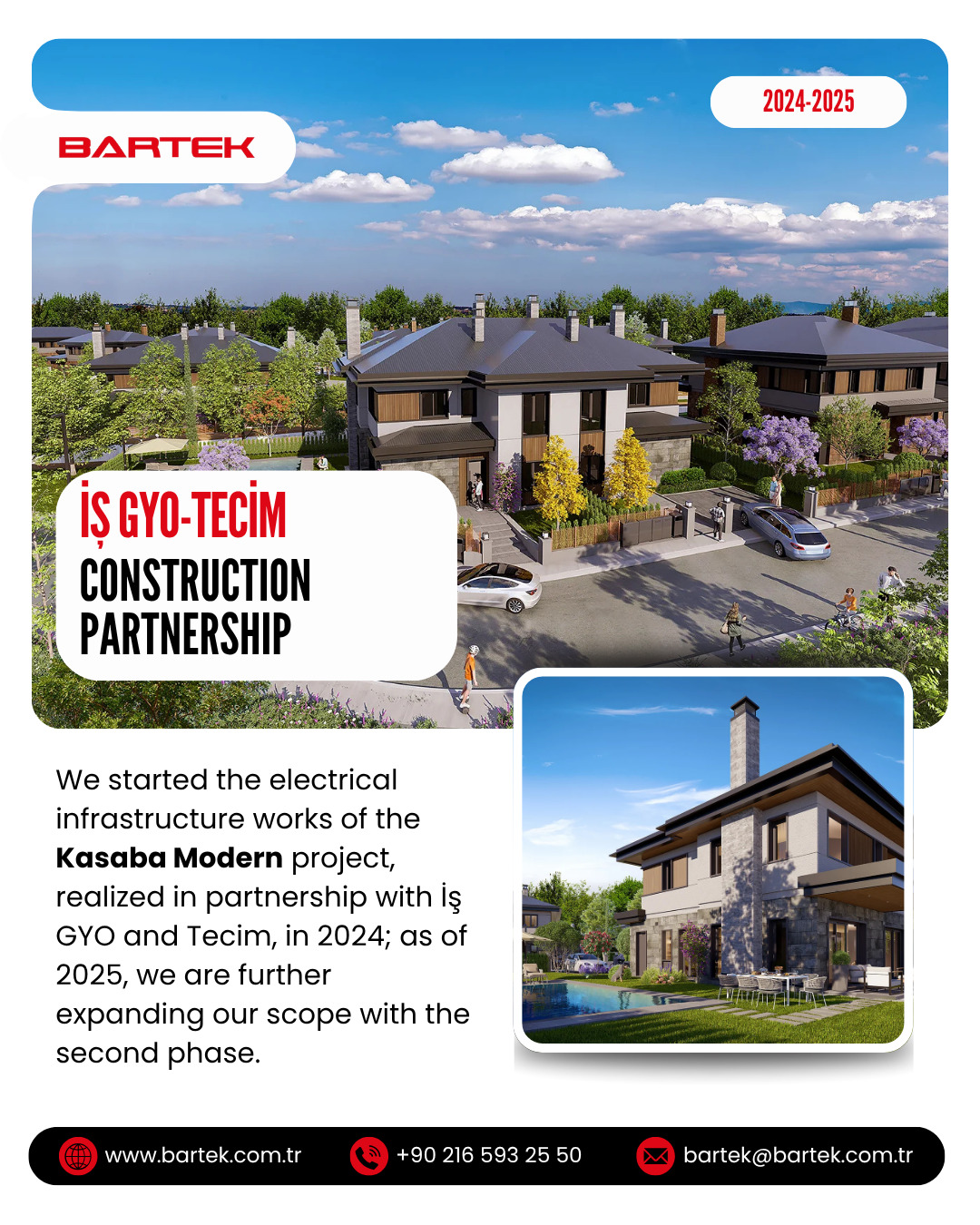How is solar electricity generated? Learn about photovoltaic systems, DC to AC conversion, installation costs, and power output of solar panels.
How to Produce Energy from Solar Energy?
As fossil fuel reserves dwindle, the global energy focus has shifted toward renewable alternatives.
In this context, solar energy stands out as an infinite, eco-friendly, and cost-effective energy source—powered by a sun that is 90% hydrogen.
In this context, solar energy stands out as an infinite, eco-friendly, and cost-effective energy source—powered by a sun that is 90% hydrogen.
How Is Electricity Generated from Solar Energy?
The most common method is through photovoltaic (PV) systems, which use semiconductor cells to convert sunlight directly into electricity.
As sunlight hits the panels, electrons are activated and begin generating electric current.
The most common method is through photovoltaic (PV) systems, which use semiconductor cells to convert sunlight directly into electricity.
As sunlight hits the panels, electrons are activated and begin generating electric current.
DC to AC Conversion
The electricity generated is in direct current (DC). An inverter is used to convert it into alternating current (AC) so it can be safely used in homes and businesses.
The electricity generated is in direct current (DC). An inverter is used to convert it into alternating current (AC) so it can be safely used in homes and businesses.
Cost of Solar Electricity Production
Costs vary based on the size of the installation. A 3 kW system costs around $4,900 + VAT, while a 10 kW system can reach approximately $12,200 + VAT.
Additional costs like cabling, transport, roof reinforcement, and land preparation should also be considered.
Costs vary based on the size of the installation. A 3 kW system costs around $4,900 + VAT, while a 10 kW system can reach approximately $12,200 + VAT.
Additional costs like cabling, transport, roof reinforcement, and land preparation should also be considered.
How Much Electricity Can a Solar Panel Produce?
In countries like Türkiye with 6–7 hours of daily sunshine, a 1 kW system can produce roughly 2,000–2,200 kWh annually.
This output significantly offsets household electricity bills and contributes to energy independence.
In countries like Türkiye with 6–7 hours of daily sunshine, a 1 kW system can produce roughly 2,000–2,200 kWh annually.
This output significantly offsets household electricity bills and contributes to energy independence.



